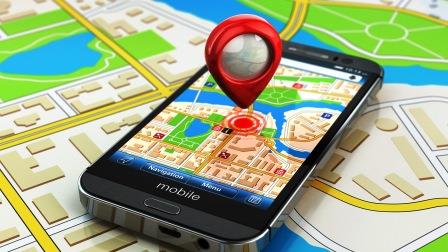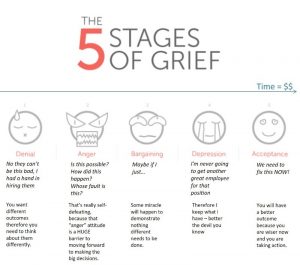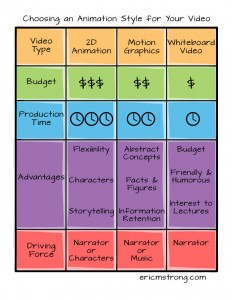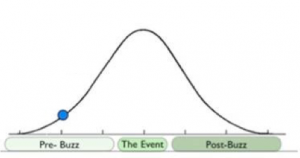The range of use cases for location is broader than most marketers recognize.

Even as it takes digital center stage, mobile marketing is arguably in crisis. Mobile ad blocking has doubled in the past year, and most mobile users don’t want push notifications from even their favorite brands.
The fix for what ails mobile marketing is not quick or simple. However, Localytics believes that location is a powerful response to the “mobile engagement crisis,” as the company’s CEO Raj Aggarwal calls it.
Earlier today, the company released a new location-based mobile marketing tool called Places. It enables location-specific or geofenced push notifications and in-app messaging, as well as location analytics.
Localytics isn’t the first to offer geofenced messaging. However, the company says the capabilities of the product set it apart. I spoke with Lou Orfanos, Localytics’ VP of product, earlier this week.
Orfanos says Places is not simply about “location for location’s sake.” In other words, the company doesn’t see location-related capabilities as an end in themselves. Rather, location is a means to greater messaging personalization and mobile engagement:
With Places, companies can create the most contextually relevant, personalized mobile engagement possible. Places combines both powerful location data and real-time engagement features in one platform. To personalize user engagement, the platform offers the ability to target push notifications based on current or previous location along with other user behaviors and attributes. The platform also analyzes both retroactive and real-time user data to surface the most relevant insights about user patterns and behaviors.
Orfanos said that Places was developed in response to customer demand. “Most of our big customers wanted this,” he explained.
In its press materials and on its site, Localytics offers a varied range of use cases for Places, from location analytics to audience segmentation to content strategy and app-engagement scenarios:
- A retail app can use the data to understand times of peak foot traffic, evaluate the potential success of a new store location and gain insight into which stores are driving the most traffic.
- That same retailer can remind returning customers of unspent store credits or thank them with a special deal as they approach the store.
- A fitness app could record users who attended a triathlon so that later on, they can send content specifically about triathlon racing to that audience segment.
- A travel app could send points-of-interest tips to travelers visiting a new city, or a ticketing app could send an offer to sporting enthusiasts in the area of an upcoming game.
Localytics also points out that location data-powered push notifications and in-app messaging can be deployed in real time for much higher engagement and, ultimately, user retention.
Orfanos observed that the industry has fixated on app user acquisition but has focused much less effort on retention. “Nobody knows how do engagement right,” he commented. Obviously, Localytics thinks it can help with Places.
Orfanos is right to discuss location as a powerful tool that serves multiple marketing objectives and yields critical data for brands and offline retailers — it’s not just about sending coupons to nearby shoppers. And if the variety of some of the examples above is at all surprising, it’s because digital marketers have historically neglected location or treated it as a niche discipline for small businesses.
Marketers can no longer afford not to take serious interest in products like Places. Indeed, location targeting/analytics are no longer “nice to have” capabilities. They’re must-have tools that, if Orfanos is right, could help save mobile marketing from its current engagement crisis.
(25)









